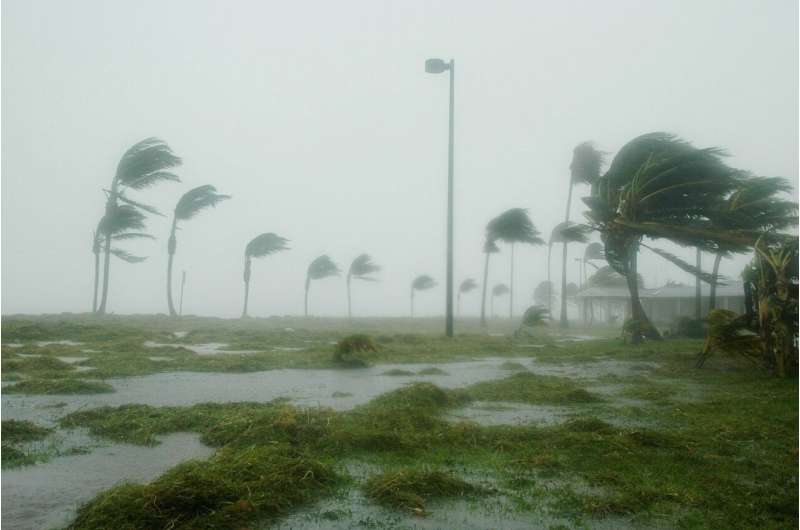Severe Cyclones Significantly Increase Private Health Insurance Uptake in Australia

Severe cyclones with high wind speeds significantly boost private health insurance enrollment in Australia, highlighting the influence of natural disasters on health protection decisions beyond government policies.
Research indicates that natural disasters like cyclones have a profound impact on individuals’ decisions to acquire private health insurance, outperforming some government initiatives aimed at boosting coverage. Specifically, severe cyclones with wind speeds exceeding 200 kilometers per hour, such as Cyclone Yasi in 2011, lead to a marked increase in health insurance enrollment among affected populations. This effect is most notable among younger people, higher earners, and residents close to cyclone-prone coastal areas.
The study utilized over 20 years of nationally representative data from the Household, Income and Labor Dynamics in Australia (HILDA) survey, which tracked more than 17,000 individuals annually since 2001. By combining this data with records of over 100 cyclone events across Australia, researchers compared individuals' health insurance statuses before and after cyclone occurrences. The findings revealed that only the most severe cyclones—category 5 with wind speeds over 200 km/h—significantly influenced insurance decisions.
For instance, Cyclone Debbie in 2017, classified as a category 4 cyclone, did not substantially affect insurance uptake. Conversely, the devastating Category 5 Cyclone Yasi in 2011 prompted a significant increase in private health insurance sign-ups among residents in affected regions, both immediately and a year later. The closer individuals lived to the cyclone's eye, the greater the likelihood of purchasing insurance—those within 40 km showed over a 5 percentage point increase.
Furthermore, the impact of a cyclone on insurance behavior can surpass the effects of national policies like the Medicare Levy Surcharge and Lifetime Health Cover loading, which have historically increased coverage by only 1 to 4 percentage points. These findings suggest that emotional and practical disruptions—like home damage and psychological stress—drive people to seek protection. Damage to homes can reduce feelings of control and elevate health concerns, prompting insurance coverage as a protective measure.
Cyclones have also been shown to negatively affect mental health, regardless of home damage, by increasing feelings of insecurity and stress—factors that contribute to health-related decision-making. Targeted policies that address these emotional and practical needs could enhance resilience and coverage among vulnerable populations post-disaster.
Implications for policy include understanding that in the aftermath of severe cyclones, individuals are more likely to invest in private health insurance to manage stress and uncertainty. Income level also influences this behavior, indicating the importance of tailored aid and insurance accessibility to prevent vulnerable groups from being left unprotected.
Stay Updated with Mia's Feed
Get the latest health & wellness insights delivered straight to your inbox.
Related Articles
Study Reveals Earned Sick Leave Alone Is Insufficient for Uninsured Workers' Wellbeing
New research shows that earned sick leave improves workplace health reporting but is not enough for uninsured or vulnerable workers. Broader health policies are essential to protect all employees.
Newly Discovered 'Sixth Sense' Connects Gut Microbes to the Brain in Real Time
Scientists have uncovered a groundbreaking neural pathway connecting gut microbes to the brain, revealing how the microbiome can influence appetite and behavior in real time.
Promising Oral Medication for Treating Fatal Childhood Brain Disease
A new oral drug, leriglitazone, shows early promise in reversing or halting the progression of fatal childhood brain disease cALD, offering hope for safer, more accessible treatment options.
Long-Term Psychological and Physical Effects of Meningococcal Disease in Adolescents Revealed by Recent Study
Research from the University of Adelaide reveals that nearly 60% of adolescent meningococcal disease survivors experience long-term psychological and physical effects, underscoring the importance of comprehensive post-recovery support.



